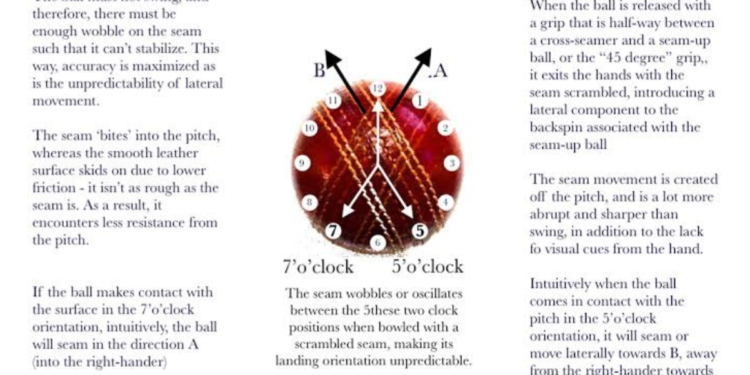Objective of Hand Cricket
Hand cricket is a fun and engaging game that is often played by children during leisure time. The main objective of hand cricket is to score more runs than the opponent by using hand gestures to represent different numbers. It is a simple yet strategic game that provides entertainment and helps in developing quick decision-making skills among players.
Players of hand cricket aim to outwit their opponents by predicting the number being shown by the opponent’s hand. By choosing the right number and anticipating the opponent’s move, players can score runs and eventually emerge as the winner. The game not only tests one’s mathematical skills but also enhances hand-eye coordination and sharpens the mind through quick calculations and strategic thinking.
Basic Rules of Hand Cricket
To begin playing hand cricket, two players face each other with one player batting and the other player bowling. The bowler uses their hand to simulate a bowler while the batsman uses their hand to simulate a bat. The bowler’s objective is to dismiss the batsman by tricking them into a number of runs, similar to the traditional game of cricket.
Each player takes turns in batting and bowling, with the bowler aiming to restrict the number of runs scored by the batsman. The batsman, on the other hand, tries to score as many runs as possible by predicting the number the bowler will show with their hand. If the batsman’s prediction matches the bowler’s number, they score runs based on the number shown. The game continues until the batsman is dismissed or an agreed number of overs have been completed.
Setting Up the Game
To set up a game of hand cricket, all you need is two players and their hands. Find a comfortable spot to sit facing each other, making sure there is enough room to move your hands freely. Before beginning, decide on the number of overs or innings you want to play to make the game more structured and competitive.
Next, agree upon the target score that each player will aim to achieve during their innings. This will add a sense of challenge and strategy to the game, as each player tries to outwit the other with their hand gestures. Once these basic decisions are made, you are ready to start playing hand cricket and enjoy a fun and engaging way to pass the time with a friend or family member.
Deciding Who Bats First
To determine who bats first in a game of hand cricket, a simple yet effective method is commonly used. One player would hold out their closed fist, and the other player would need to guess whether the total sum of the fingers from both players’ hands would be an odd or even number. If the guess is correct, the player making the guess gets to choose whether they want to bat or field first. If the guess is incorrect, then the other player gets to decide.
This method adds an element of fun and anticipation to the start of the game, allowing for an element of chance to influence the initial decision of who gets to bat first. It also ensures fairness in the selection process, as it relies on both luck and strategic thinking from the players involved.
Scoring Runs in Hand Cricket
Runs in Hand Cricket are scored when the bowler successfully hits the batter’s hand and the batter fails to predict the number selected by the bowler. Each successful hit on the hand counts as one run. The number chosen by the bowler determines the number of runs scored by the batter if they fail to pick the same number.
Hand cricket requires quick thinking and a bit of luck to score runs effectively. The game tests the ability of the batter to anticipate the bowler’s next move and the skill of the bowler to outwit the batter. The simplicity of scoring runs in hand cricket adds to the fun and excitement of the game, making each run scored a small victory for the player.























